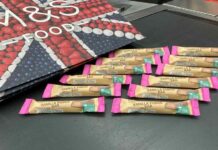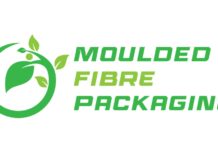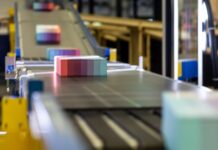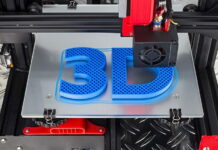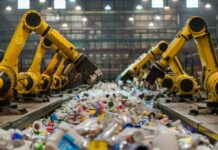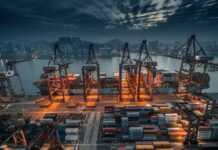In the pursuit of a greener planet and a sustainable future, and with increasing scrutiny on corporate environmental practices, businesses worldwide are increasingly focusing on sustainable packaging solutions to achieve lasting environmental benefits. As global consumers become more environmentally conscious, the demand for eco-friendly packaging options has surged dramatically.
This rising demand has spurred numerous companies to seek out suppliers capable of delivering innovative and sustainable food packaging solutions. Our comprehensive buyer’s guide has been meticulously researched and expertly crafted to equip buyers with the insights needed to make informed decisions in this critical area.
Understanding sustainable packaging solutions involves a range of practices and materials aimed at minimizing environmental impact. These solutions often utilize renewable resources, recyclable or biodegradable materials, and manufacturing processes that reduce waste and energy consumption. Key attributes sought after by buyers include material efficiency, lifecycle analysis, and potential for reuse or composting.
When selecting a supplier for sustainable packaging, companies consider several pivotal factors, tailored to their specific needs:
- Sourcing of Materials: The origin of packaging materials is crucial, with preference given to suppliers certified by bodies like the Forest Stewardship Council (FSC) for sustainable sourcing.
- Certifications from Sector: Recognized certifications such as Cradle to Cradle or Biodegradable Products Institute (BPI) labels assure a supplier’s commitment to sustainability.
- Innovation Commitment: Suppliers offering groundbreaking, sustainable packaging solutions that challenge conventional practices are highly valued.
- Transparency When It Comes to Supply Chain: Transparency in supply chain practices and a dedication to ethical and sustainable operations are paramount.
- Personalization: The ability to tailor packaging solutions to meet specific business requirements is essential for differentiation in the market.
The landscape of sustainable packaging is dynamic, with a myriad of leading systems and solutions emerging to meet escalating demand. Current innovations include biodegradable plant-based plastics, compostable molded fiber packaging, recycled-content materials, reusable container systems, edible packaging alternatives, lightweight designs, water-based inks, and adhesive solutions, among others.
Technological advancements continue to drive progress in sustainable packaging. Recent developments encompass nanotechnology for enhanced barrier properties and reduced material usage, smart packaging equipped with sensors to monitor freshness and reduce food waste, 3D printing for customizable, waste-minimized production, and chemical recycling processes to break down plastics into reusable monomers.
As companies navigate the growing demand for sustainable packaging, staying abreast of industry trends and technological advancements is crucial. By evaluating these factors and exploring available solutions, businesses can align with sustainability goals while meeting consumer expectations. Thorough research and consideration of diverse factors are essential when selecting sustainable packaging solutions.






